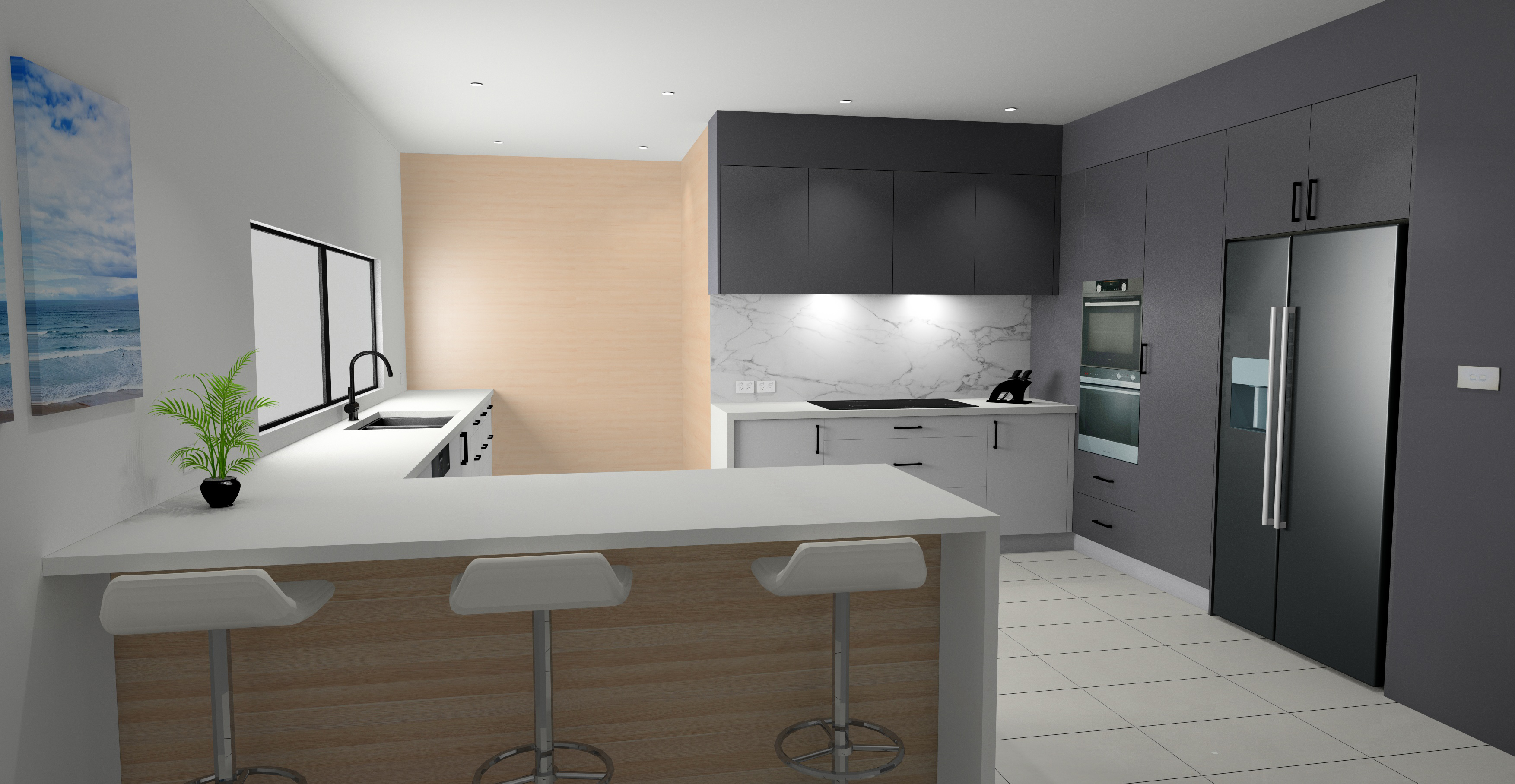The 3 P’s to a Perfect Pitch: Preparation

What makes the perfect sales pitch?
“Whatever gets you the sale” would be the smart alec response I’ve heard a few times.
While technically true, it doesn’t shed too much light on how to go about accomplishing the task. That’s why I’ve written this short blog series to provide a basic guideline for delivering your offering for a clients’ consideration and ultimately their adoption.
Preparation, Presentation, and Participation. These are the 3 P’s to a perfect pitch (try saying that ten times fast). It may sound simple, it may sound silly but that’s how you are going to remember the 3 major considerations when it comes to selling your offering to a client. The first part of this series delves into the P of “Preparation”.
They say in the Scouts “Always be prepared”. That is also true in business. Heading out into the wilderness may incentivise some people a bit more to prepare than simply meeting with a potential client. In truth, both situations are a matter of survival and prosperity. To get the most out of your pitch you need to prepare yourself with the ultimate knowledge about what you have to offer and what your potential client needs and wants.
Let’s take this Scout analogy a step further. Let’s break down our key aspects of preparing for a sales pitch. Just as a scout prepares their equipment before exploring you need to prepare for your pitch. These 4 key pieces of “equipment” make sure you are fully prepared to offer a personalised, organised pitch that can handle the variety of questions that can be thrown at you.

-Map: Understanding where you are and what you are dealing with. For a scout this is knowing the environment, the landmarks, and their physical surroundings. For a salesperson this is knowing your client. Finding out who they are and what they want to see. Determine why it is that they are looking at your offer in the first place. Take that knowledge and build your perfect pitch around it.

-Tent: The tent is your base. The key focus in your discussion. Just as a scout will scavenge and bring their findings back to their tent, you will always bring your discussion back to your key focus when possible.

-Compass: The purpose of a compass is to keep you from getting lost. Making sure you are always able to keep moving forward and stay in the right direction. As a salesman this is extremely important. You need a prepared direction and path for your pitch. You might find yourself going on a tangent and getting lost in your own words but with pre-organised talking points you will always be able to keep the discussion going and not get stuck down in the one topic.

-Swiss Army Knife: You need to be prepared for the variety of things that can be thrown at you. Knowing your offering inside and out will make sure you have the prepared knowledge to handle a large variety of questions and situations you may find yourself facing.
You also need to prepare yourself for the fact that you cannot prepare for everything. These previous aspects will help you prepare your tailored pitch but you need to remember the Swiss Army Knife and the need to adapt to what happens in the moment.
To bring this theory into an example, let’s apply it to the profession of a cabinet maker. Preparation goes a long way to getting the go-ahead for a job. Even a quick discussion with a prospect on the phone can give great insight into the type of kitchen/bathroom they are looking for. Forming a “map” to use in preparation for an official meeting.
With 3D design becoming even more popular among cabinet makers, we’ve seen the KD Max 3D design program being used to create a quick design that can be used as a great “tent” based on the information from that initial phone call. Imagery and visuals will be touched on further in “presentation” but they can play a major role in helping you prepare for a pitch. Being able to refer back to the image during the pitch can greatly aid the conversation’s progression and is an engaging reference point for the client.
The specifics of a “compass” may be different for individuals even in the same profession. The key focus though is to have planned talking points that can keep your conversation moving forward. A cabinet maker would likely start by expanding further in conversation about what a client is looking for, discussing previous projects that may be similar and possibly having some images of finished products.
In this scenario, a cabinet maker can also utilised KD Max to help handle their “swiss army knife” situations. Adapting room designs in front of their prospect based on the evolving conversation. The visual in front of a client can also help them more easily express what they want and convey the ideas and requests that the cabinet maker may not have prepared for.

We all know preparation and planning can seem pretty dull but there’s a reason they have been the focus for the first part of this series. Preparation can make or break your pitch. Too little and you may not be able to handle certain scenarios or best tailor your pitch to your client. Too much preparation and you might get caught off guard like a deer in headlights if something unexpected arises.
Be prepared, be confident and then you can move onto some of the fun stuff. Presentation is the next part of the series. A chance for you to get creative and truly show off what you have to offer.
Recommended Posts









